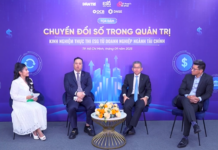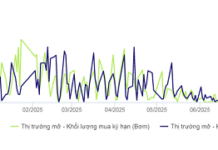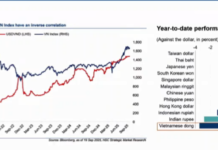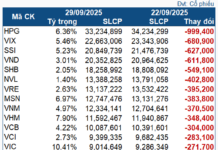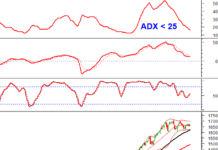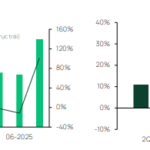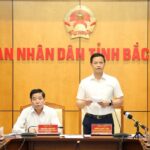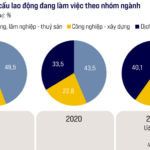On August 14, Phu Tho Provincial Party Committee Secretary Dang Xuan Phong received Ms. Somhatai Panichewa, CEO of Amata Vietnam, to discuss the group’s investment plans in the province.
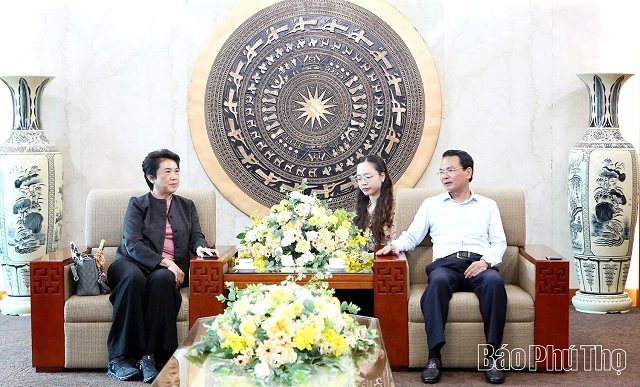
Secretary of the Provincial Party Committee Dang Xuan Phong and Ms. Somhatai Panichewa at the meeting.
|
After the merger, Phu Tho has become an administrative unit with a large scale in terms of area, population, and economy, creating new development spaces, especially in the urban-industrial-service field.
The impressive economic results in the first seven months show an average economic growth rate of 10.09%, putting Phu Tho in the top 10 fastest-growing localities in the country. The province also attracted more than $469 million in FDI.
Amata Corporation, established in 1989, is Thailand’s leading industrial city developer with 40 subsidiaries and branches.
Currently, Amata owns nine integrated industrial city projects with a total area of over 10,000 hectares, serving more than 1,400 multinational partners. The corporation creates over 300,000 jobs and contributes $56 billion to the GDP of the operating countries.
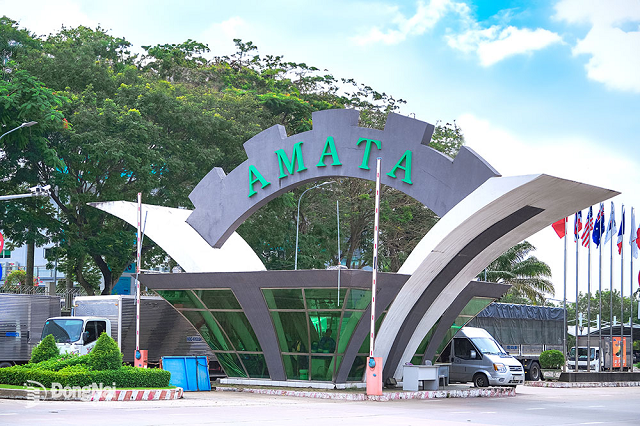
In Vietnam, Amata has nearly 30 years of experience in the industrial real estate field with over 2,500 hectares being implemented at Amata Bien Hoa (700ha), Long Thanh (1,265ha), and Ha Long 4 (700ha).
According to the plan, Doan Hung Industrial Park will be developed into a smart city model in the 2025-2030 period. Phase 1 will cover an area of 300-500 hectares in Tay Coc and Doan Hung communes.
The project focuses on attracting investment in the automotive industry and its supporting industries, high-tech industry, and clean industry using renewable energy. In addition, the industrial park also aims to develop electronics, telecommunications, semiconductor manufacturing technology, AI, and mechanical manufacturing, and automobile and motorcycle assembly.
Phu Tho Province commits to creating a favorable investment environment and providing maximum support to Amata in promptly handling procedures for investment approval and investment registration certificate issuance. At the same time, the province will promptly address difficulties and problems in the implementation process and accompany the promotion and attraction of secondary investment projects.
– 14:45 15/08/2025
“Thai ‘Giant’ Holding 10,000 Hectares of Land Sets Sights on One of Vietnam’s Fastest-Growing Provinces”
With nearly three decades of experience in Vietnam, our company has established itself as a leading player in the industrial real estate investment field.
Dragon Capital: Sensitivity to Negative Factors May Heighten
The Vietnamese economy continued its stellar performance in July, with a slew of macroeconomic indicators reaching record highs and a booming stock market. This reflects a heightened confidence in the country’s growth prospects, leading the Government to raise its growth forecast to 8.3-8.5% for 2025.
A $300 Million Project Gets Fast-Tracked: The Prime Minister’s Directive Slashes Construction Timeline from 2 Years to Just 6 Months
“In a recent development, the Prime Minister has issued a directive to expedite the completion of the 500 kV Laos Cai-Vinh Yen power line within an ambitious timeframe of just six months. This accelerated timeline, a stark contrast to the initially planned two-year schedule, was communicated via the Government Portal and underscores the government’s commitment to rapid infrastructure development.”
A Province Prepares to Welcome Nearly $7 Billion in Investment
Local leaders observed that despite the announcement and subsequent imposition of tariffs on imports from Vietnam by the United States, foreign investors have remained steadfast in their confidence.
The Evolution of Structural Dynamics
“Development is often likened to ‘running and queuing simultaneously’. Speed is represented by ‘running’, while structure is represented by ‘queuing’. Queuing is fundamental and long-term; it not only affects the running speed but also influences various states of stability and crisis, agriculture-based or industrial-based economies, and market-oriented or non-market-oriented economies. Given its significance, structure and structural transformation deserve greater attention.”







